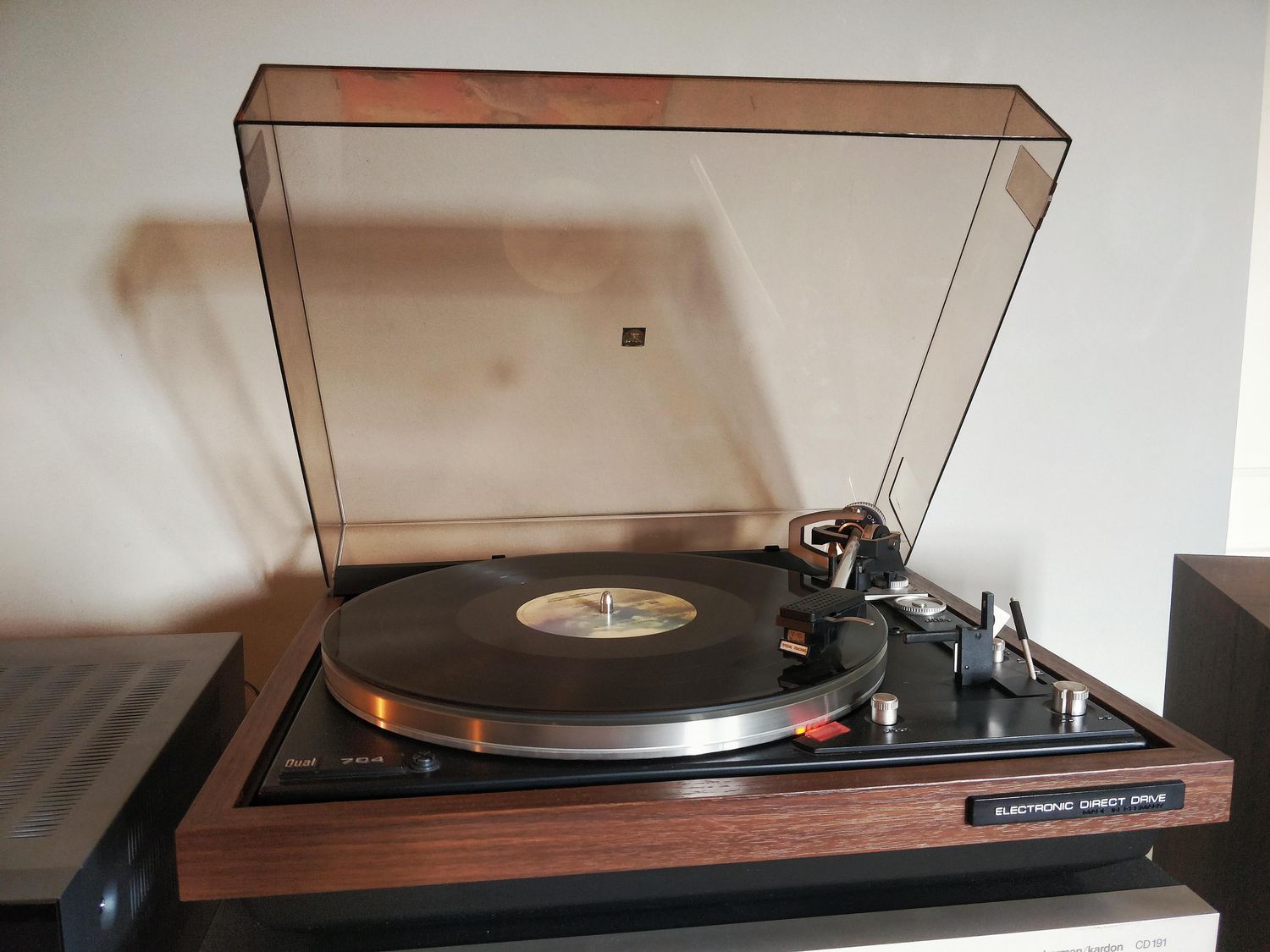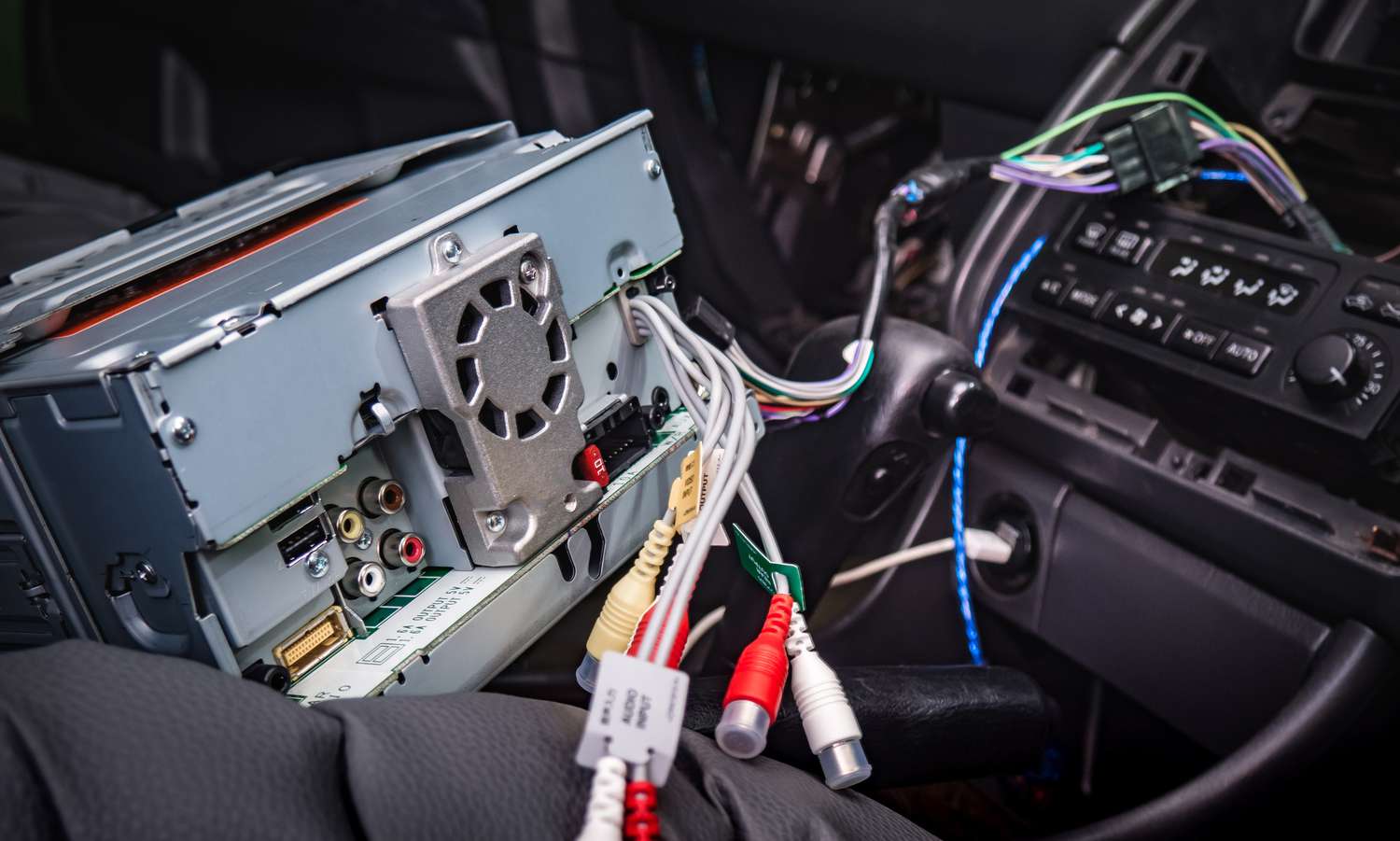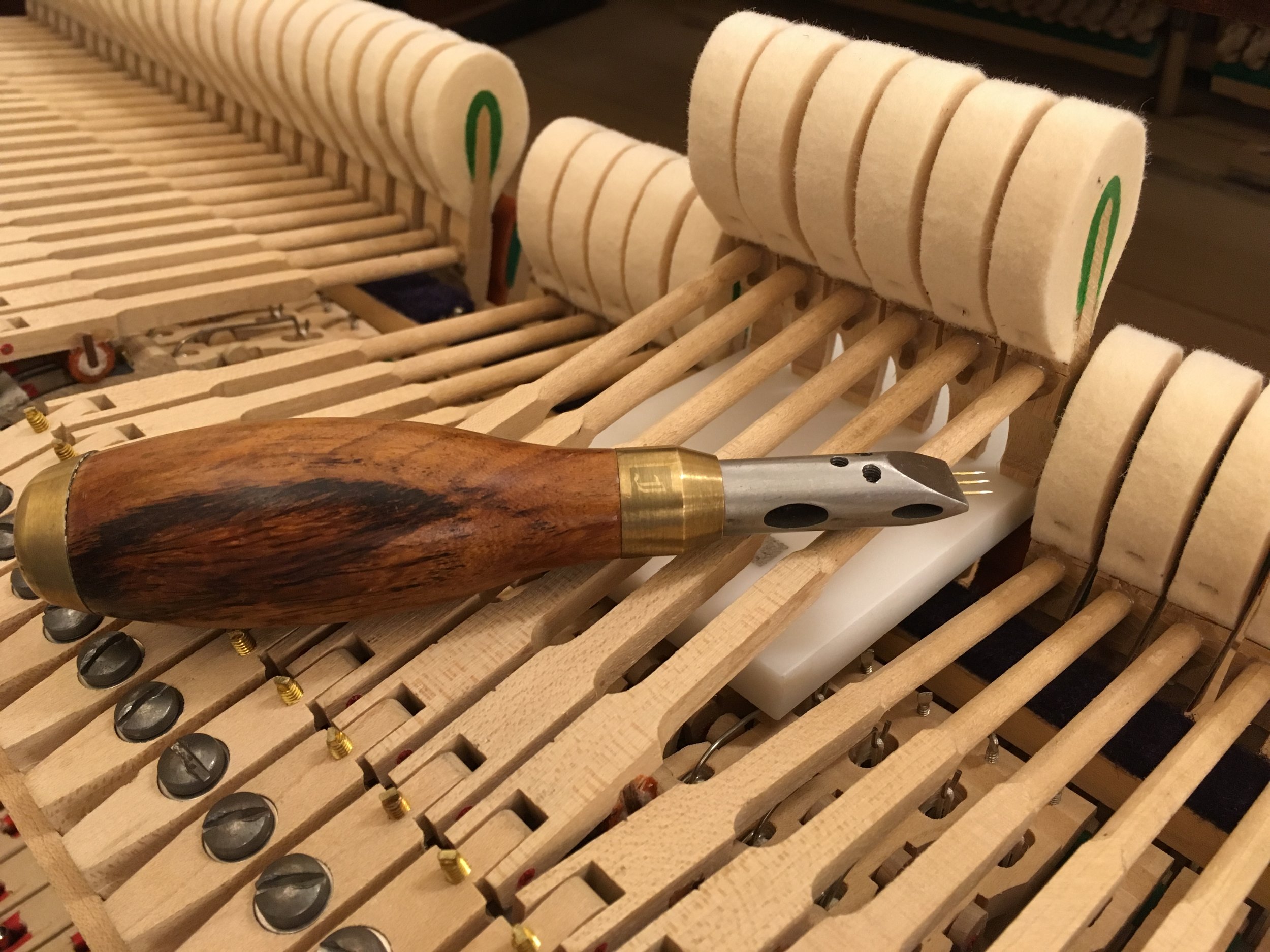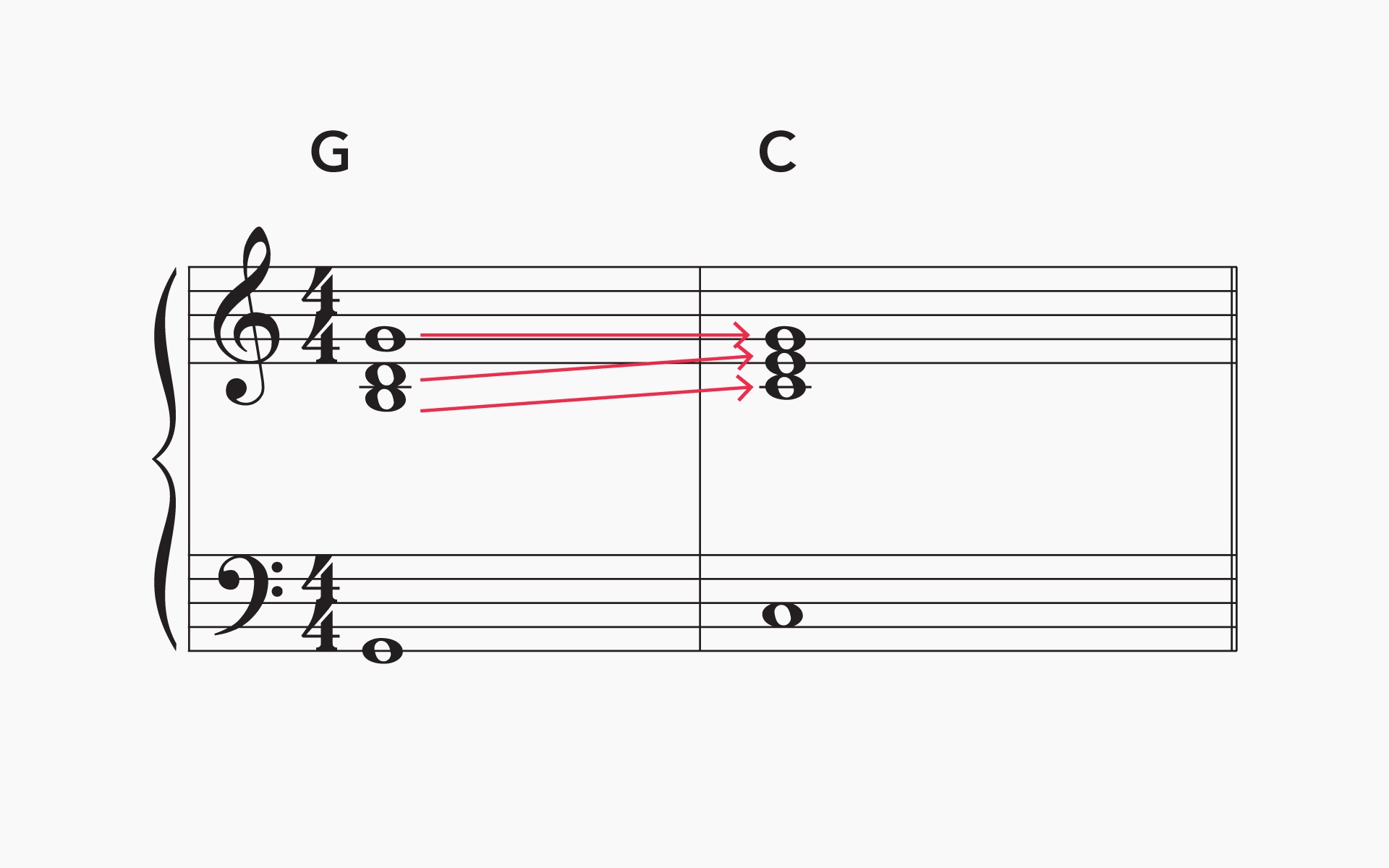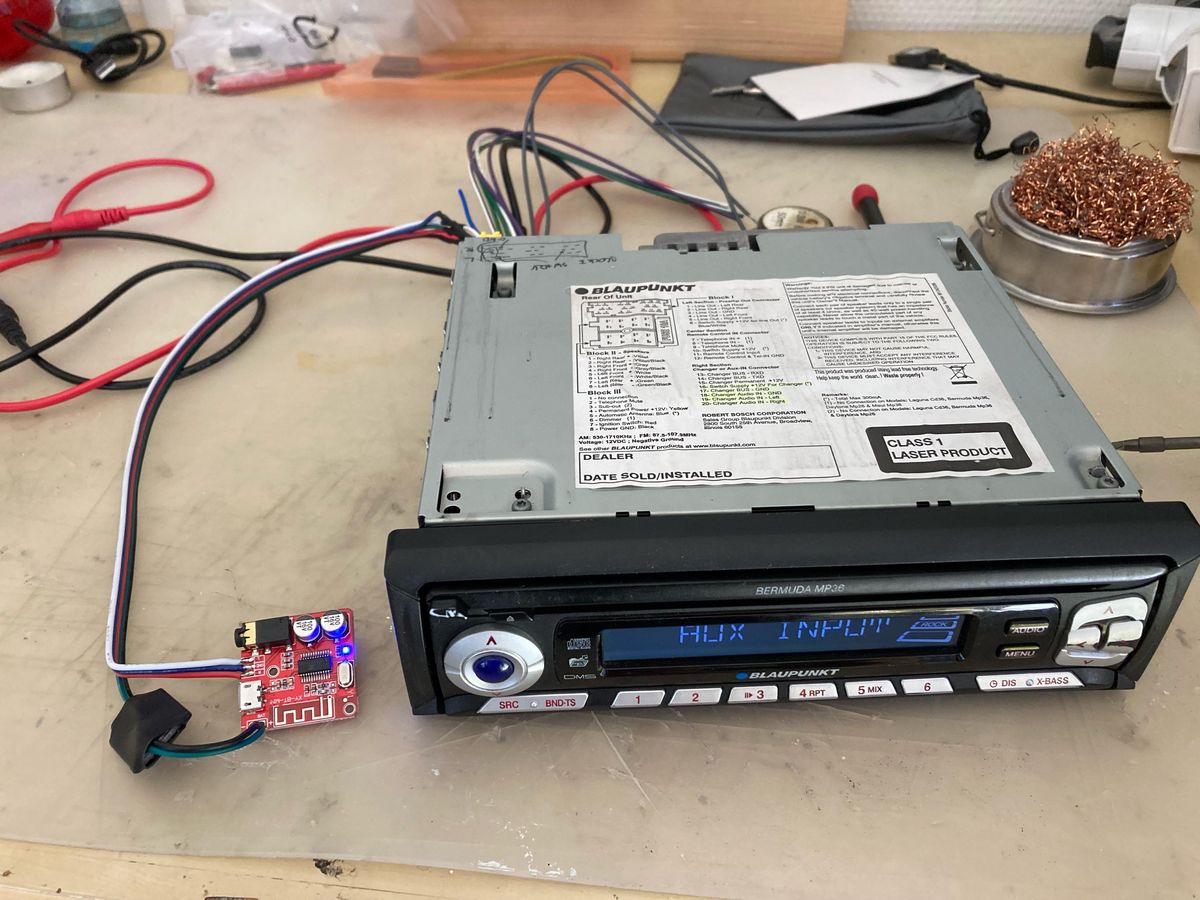Home>Devices & Equipment>Subwoofer>How Wire Dual Voice Coil Subwoofer
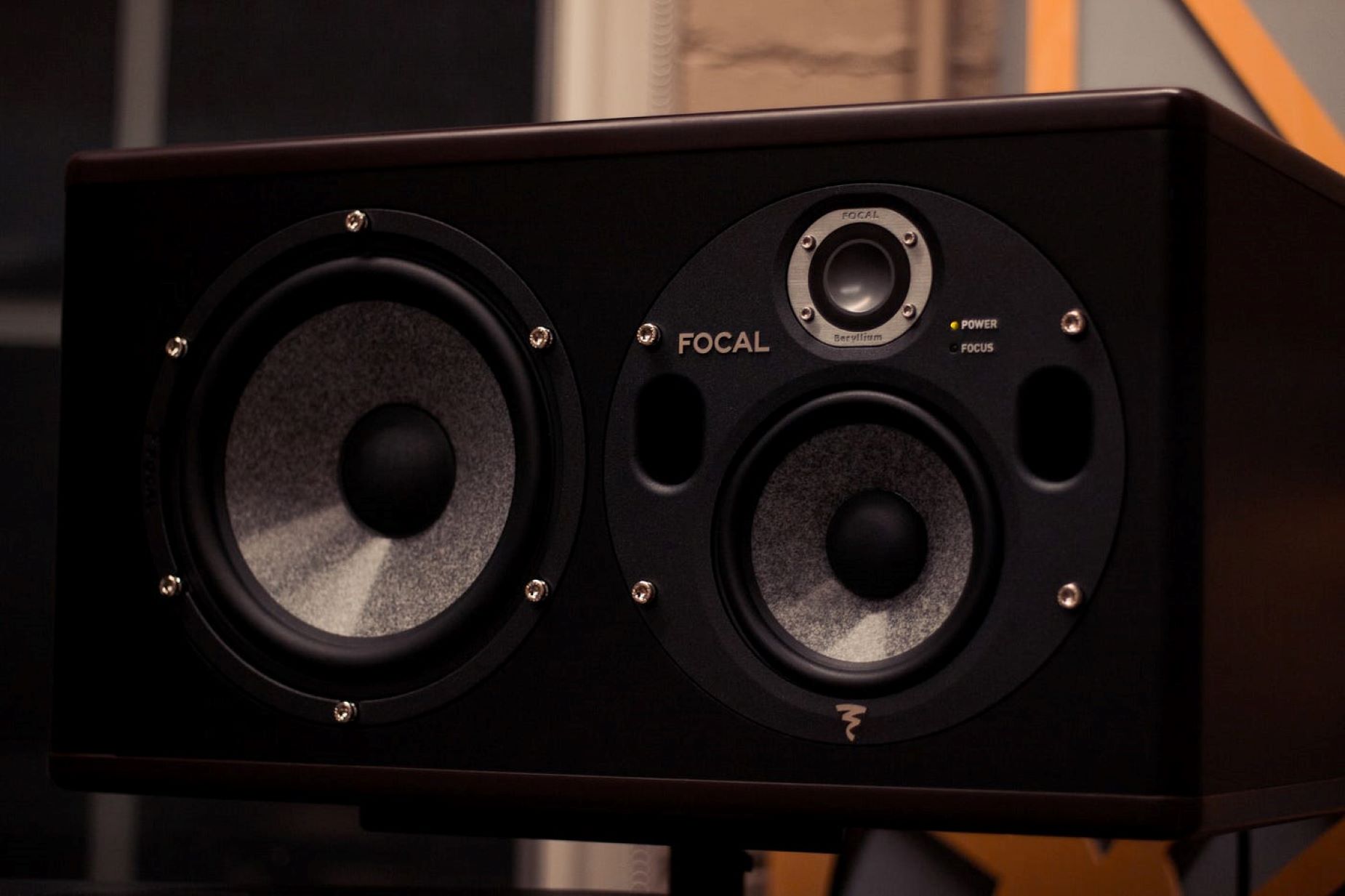

Subwoofer
How Wire Dual Voice Coil Subwoofer
Modified: January 22, 2024
Learn how to wire a dual voice coil subwoofer and get the best sound quality from your car's audio system. Discover expert tips and tricks for optimizing your subwoofer's performance.
(Many of the links in this article redirect to a specific reviewed product. Your purchase of these products through affiliate links helps to generate commission for AudioLover.com, at no extra cost. Learn more)
Table of Contents
- Introduction
- What is a Dual Voice Coil Subwoofer?
- Benefits of Using a Dual Voice Coil Subwoofer
- Wiring Options for Dual Voice Coil Subwoofers
- Series Wiring for Dual Voice Coil Subwoofers
- Parallel Wiring for Dual Voice Coil Subwoofers
- Important Considerations for Wiring Dual Voice Coil Subwoofers
- Conclusion
Introduction
Are you a music enthusiast looking to take your car audio system to the next level? If so, you’ve probably heard of subwoofers and the impact they can have on the overall sound quality of your system. Among the various types of subwoofers available, the dual voice coil subwoofer is a popular choice for many audio enthusiasts, thanks to its unique characteristics and wiring options.
In this article, we will explore the world of dual voice coil subwoofers and delve into the benefits they offer. We will also discuss different wiring options for these subwoofers, such as series and parallel setups, and provide important considerations to keep in mind when connecting them to your audio system. By the end of this article, you’ll have a solid understanding of how to wire dual voice coil subwoofers and optimize their performance.
But before we dive into the technical details, let’s take a moment to understand what exactly a dual voice coil subwoofer is and why it’s worth considering for your car audio system.
What is a Dual Voice Coil Subwoofer?
A dual voice coil subwoofer, often abbreviated as DVC subwoofer, is a type of speaker driver that uses two separate voice coils instead of just one. Each voice coil has its own set of terminals, allowing for greater flexibility in wiring options. This design feature makes dual voice coil subwoofers highly versatile and compatible with a wide range of audio systems.
The primary advantage of a dual voice coil subwoofer lies in its ability to handle higher power levels and provide more precise control over the cone movement. With two voice coils, the subwoofer can effectively distribute power and handle more wattage without overheating or distorting the sound. Additionally, dual voice coil subwoofers allow for greater impedance options, providing more compatibility with different amplifiers and configurations.
The construction of a dual voice coil subwoofer consists of a cone, voice coils, and a magnet assembly. The cone is responsible for producing the low-frequency sounds that subwoofers excel at. The voice coils are wound around a cylindrical former and are attached to the cone. The magnet assembly, typically made of a magnet and a metal pole piece, provides the necessary magnetic field to drive the cone’s movement.
When it comes to wiring dual voice coil subwoofers, you have more flexibility compared to single voice coil subwoofers. This flexibility comes from the independent wiring options for each voice coil. By understanding the different wiring configurations, you can optimize the performance of your dual voice coil subwoofer and achieve the desired bass response.
In the next section, we will explore the benefits of using a dual voice coil subwoofer and why it might be the perfect choice for your car audio system.
Benefits of Using a Dual Voice Coil Subwoofer
There are several advantages to using a dual voice coil (DVC) subwoofer in your car audio system. Let’s take a closer look at some of the key benefits:
1. Power Handling: One of the major advantages of a dual voice coil subwoofer is its ability to handle higher power levels. With two voice coils, the subwoofer can distribute power more efficiently, allowing it to handle more wattage without suffering from distortion or damage. This means you can push your subwoofer to its limits and enjoy louder and more impactful bass.
2. Flexibility in Wiring Options: Dual voice coil subwoofers provide greater flexibility in wiring configurations. Since each voice coil has its own set of terminals, you can choose between series or parallel wiring setups. This allows you to match the subwoofer’s impedance to your amplifier’s capabilities and ensures optimal performance.
3. Impedance Matching: Dual voice coil subwoofers offer increased impedance options. You can wire the voice coils in series or parallel, allowing you to match the subwoofer’s impedance to the amplifier’s output capabilities. This improves overall system efficiency and helps prevent damage to your amplifier.
4. Flexibility in Enclosure Design: Dual voice coil subwoofers also provide greater flexibility in enclosure design. With the ability to independently wire each voice coil, you can create different configurations like sealed, ported, or bandpass enclosures. This allows for a more precise tuning of the subwoofer’s response to suit your listening preferences.
5. Better Thermal Management: The dual voice coil design improves thermal management. By dividing the power handling between two voice coils, the heat generated is distributed more evenly, reducing the chances of overheating. This results in improved durability and reliability, allowing you to enjoy your subwoofer for longer periods without any issues.
6. Enhanced Sound Quality: Dual voice coil subwoofers can provide enhanced sound quality compared to single voice coil options. The dual voice coils allow for more precise control over the cone movement, resulting in tighter and more accurate bass response. This translates to a more immersive audio experience, with greater clarity and definition in the low-frequency range.
In summary, dual voice coil subwoofers offer numerous benefits, including increased power handling, flexibility in wiring options, impedance matching, flexibility in enclosure design, better thermal management, and enhanced sound quality. These advantages make them an excellent choice for car audio enthusiasts who want to elevate their listening experience. In the next section, we will explore the various wiring options available for dual voice coil subwoofers.
Wiring Options for Dual Voice Coil Subwoofers
When it comes to wiring dual voice coil (DVC) subwoofers, you have different options to consider. The wiring configuration you choose will depend on factors such as the impedance of your amplifier and your desired setup. Let’s take a look at the two primary wiring options: series wiring and parallel wiring.
Series Wiring:
Series wiring involves connecting the positive terminal of one voice coil to the negative terminal of the other voice coil. The remaining positive and negative terminals are then connected to the amplifier. In this configuration, the impedance of the subwoofer is additive. For example, if you have two 4-ohm voice coils, the series-wired subwoofer will have a total impedance of 8 ohms. Series wiring is ideal when you want to increase the overall impedance of your subwoofer setup or when your amplifier is better suited for higher impedance loads.
Parallel Wiring:
Parallel wiring, on the other hand, involves connecting both positive terminals of the voice coils together and both negative terminals together. The combined positive and negative terminals are then connected to the respective terminals on the amplifier. In this configuration, the impedance of the subwoofer is divided. Using the same example as above, if you have two 4-ohm voice coils, the parallel-wired subwoofer will have a total impedance of 2 ohms. Parallel wiring is preferred when you want to lower the overall impedance of your subwoofer setup or when your amplifier is designed to handle lower impedance loads.
In addition to series and parallel wiring, you can also explore other creative wiring options such as using each voice coil separately or even bi-amping your subwoofer setup. These options provide additional flexibility for customizing your car audio system to suit your preferences.
Remember to refer to the subwoofer’s manual or consult the manufacturer’s specifications to ensure proper wiring and impedance matching. Also, consider the capabilities and limitations of your amplifier when selecting the wiring configuration for your dual voice coil subwoofers.
In the next section, we will discuss important considerations to keep in mind when wiring dual voice coil subwoofers to ensure optimal performance and longevity.
Series Wiring for Dual Voice Coil Subwoofers
Series wiring is one of the primary wiring options for dual voice coil (DVC) subwoofers. It involves connecting the positive terminal of one voice coil to the negative terminal of the other voice coil. The remaining positive and negative terminals are then connected to the corresponding terminals on the amplifier. Let’s explore the benefits and considerations of using series wiring for your dual voice coil subwoofers.
Impedance Calculation: One of the advantages of series wiring is that it allows you to increase the overall impedance of your subwoofer setup. With series wiring, the impedance of the subwoofer is additive. For example, if you have two 4-ohm voice coils, the series-wired subwoofer will have a total impedance of 8 ohms. This can be particularly beneficial if your amplifier is better suited for higher impedance loads or if you want to achieve a specific target impedance for your system.
Amp Compatibility: When using series wiring, it’s important to ensure that your amplifier is capable of handling the resulting impedance. Some amplifiers may have a minimum impedance requirement, so exceeding that limit could potentially damage the amplifier. Refer to the amplifier’s documentation or consult with the manufacturer to verify its compatibility with series-wired subwoofers and the recommended impedance range.
Power Distribution: Series wiring also affects the power distribution across the voice coils. Since the current flows sequentially through each voice coil, each coil will receive the same amount of power. This can be advantageous if you want equal power distribution and don’t require maximum power output from your subwoofers. However, keep in mind that series wiring effectively doubles the impedance, resulting in reduced power delivery compared to parallel wiring configurations.
Enclosure Considerations: The wiring configuration can also affect the acoustics and performance of your subwoofer enclosure. Series-wired subwoofers tend to exhibit a tighter and more controlled bass response compared to parallel-wired setups. This can be desirable for certain music genres or if you prefer a more accurate and precise bass sound. However, it’s important to select an enclosure design that complements the characteristics of your series-wired subwoofers.
When wiring subwoofers in series, be sure to securely connect the terminals of each voice coil and to follow proper wiring techniques. It’s recommended to use high-quality cables and connectors to minimize signal loss or interference. Additionally, consult the user manual or specifications provided by the subwoofer manufacturer for specific wiring instructions and compatibility information.
Now that we have discussed series wiring for dual voice coil subwoofers, let’s move on to exploring the parallel wiring option in the next section.
Parallel Wiring for Dual Voice Coil Subwoofers
Parallel wiring is another popular wiring option for dual voice coil (DVC) subwoofers. It involves connecting both positive terminals of the voice coils together and both negative terminals together. The combined positive and negative terminals are then connected to the corresponding terminals on the amplifier. Let’s explore the benefits and considerations of using parallel wiring for your dual voice coil subwoofers.
Impedance Calculation: One of the advantages of parallel wiring is that it allows you to lower the overall impedance of your subwoofer setup. With parallel wiring, the impedance of the subwoofer is divided. For example, if you have two 4-ohm voice coils, the parallel-wired subwoofer will have a total impedance of 2 ohms. This can be particularly beneficial if your amplifier is designed to handle lower impedance loads or if you want to maximize the power output of your subwoofers.
Amp Compatibility: When using parallel wiring, it’s important to ensure that your amplifier can handle the resulting impedance. Some amplifiers have a minimum impedance requirement, so falling below that limit could potentially damage the amplifier. Refer to the amplifier’s documentation or consult with the manufacturer to verify its compatibility with parallel-wired subwoofers and the recommended impedance range.
Power Distribution: Parallel wiring affects the power distribution across the voice coils. Since the current is divided across each voice coil, each coil will receive more power compared to series wiring. This can be advantageous if you want maximum power output and loud bass from your subwoofers. However, it’s important to ensure that your amplifier is capable of delivering the necessary power for parallel-wired subwoofers without overheating or experiencing performance issues.
Enclosure Considerations: The wiring configuration can also impact the acoustics and performance of your subwoofer enclosure. Parallel-wired subwoofers tend to exhibit a louder and more booming bass response compared to series-wired setups. This can be desirable for certain music genres or if you prefer a more pronounced and impactful bass sound. However, it’s essential to select an enclosure design that complements the characteristics of your parallel-wired subwoofers.
When wiring subwoofers in parallel, ensure that you securely connect the terminals of each voice coil and follow proper wiring techniques. It’s recommended to use high-quality cables and connectors to minimize signal loss or interference. Also, consult the user manual or specifications provided by the subwoofer manufacturer for specific wiring instructions and compatibility information.
Remember, impedance plays a crucial role in wiring dual voice coil subwoofers. Be sure to consider the impedance capabilities of both your subwoofers and amplifier when deciding on the wiring configuration. Additionally, it’s essential to conduct thorough research and consult with professionals if you are unsure about any aspect of the installation process.
Now that we have discussed both series and parallel wiring for dual voice coil subwoofers, let’s move on to important considerations to keep in mind when wiring these subwoofers for optimal performance and longevity.
Important Considerations for Wiring Dual Voice Coil Subwoofers
When it comes to wiring dual voice coil (DVC) subwoofers, there are some important considerations to keep in mind to ensure optimal performance and prevent any potential issues. Let’s explore these considerations in detail:
1. Match Amplifier Impedance: It’s crucial to match the impedance of your subwoofers to the capabilities of your amplifier. Whether you choose series or parallel wiring, ensure that the resulting impedance matches what your amplifier can handle. Operating below or above the recommended impedance range can potentially damage your amplifier and degrade the sound quality.
2. Choose Proper Gauge Wire: Using the appropriate gauge wire for your subwoofers is essential to prevent power loss and ensure efficient power delivery. Consult the subwoofer and amplifier manuals to determine the optimal wire gauge for your setup. Using too thin of a wire can lead to voltage drop and decreased performance.
3. Secure and Properly Insulate Connections: It’s important to secure all wiring connections and ensure they are properly insulated to prevent any electrical shorts or signal interference. Use high-quality connectors, soldering, crimping, or other reliable methods to ensure a robust and reliable connection.
4. Consider Polarity and Phasing: Pay attention to the polarity and phasing of your subwoofer wiring. Connecting the voice coils in reverse polarity can result in cancellation or reduced bass output. Ensure that the positive terminals of both voice coils are wired consistently, as well as the negative terminals.
5. Enclosure Design and Placement: The design and placement of your subwoofer enclosure can have a significant impact on the bass response. Consider using an enclosure specifically designed for your dual voice coil subwoofers and ensure it is properly sealed or ported according to your preferences. Additionally, experiment with the placement of the enclosure in your vehicle to achieve optimal bass performance.
6. Amplifier Power and Settings: It’s imperative to set your amplifier’s power output and settings correctly for your dual voice coil subwoofers. Adjust the gain, crossover frequency, and bass boost settings to match your subwoofer’s specifications and your personal listening preferences. Be cautious not to overpower your subwoofers as it can lead to distortion or even damage.
7. Proper Ventilation and Heat Dissipation: Dual voice coil subwoofers can generate significant heat during operation. Ensure that your subwoofers have proper ventilation and are not placed in an area that restricts heat dissipation. Adequate cooling is important for long-term reliability and performance.
Remember, always consult the user manual and specifications provided by the subwoofer and amplifier manufacturers to ensure proper wiring techniques and compatibility. If you are unsure or need assistance, don’t hesitate to seek professional advice from an experienced car audio technician.
By following these important considerations, you can ensure that your dual voice coil subwoofers are wired correctly and perform optimally, providing you with an immersive and satisfying bass experience.
Conclusion
In conclusion, dual voice coil (DVC) subwoofers offer numerous advantages and wiring options that can enhance your car audio system’s bass performance. Whether you choose series wiring to increase impedance or parallel wiring to lower impedance, the flexibility provided by dual voice coil subwoofers allows you to match your subwoofers to your amplifier and customize your audio setup to your preferences.
When wiring dual voice coil subwoofers, it is crucial to consider important factors such as impedance matching, wire gauge, secure connections, polarity, enclosure design, amplifier settings, and heat dissipation. These considerations play a significant role in determining the overall performance, sound quality, and durability of your subwoofers.
Remember to consult the user manuals and specifications provided by the subwoofer and amplifier manufacturers for accurate wiring instructions and compatibility information. Additionally, if you are unsure about any aspect of the installation process, it is always wise to seek guidance from professionals in the car audio industry.
By understanding the benefits and wiring options for dual voice coil subwoofers and considering the important considerations, you can optimize the performance of your car audio system and enjoy a deep, powerful, and immersive bass experience.
So, whether you’re a music enthusiast or simply someone who appreciates great audio quality, consider incorporating dual voice coil subwoofers into your car audio setup. With their versatility, power handling capabilities, and enhanced sound quality, these subwoofers are sure to elevate your listening experience to new heights.





